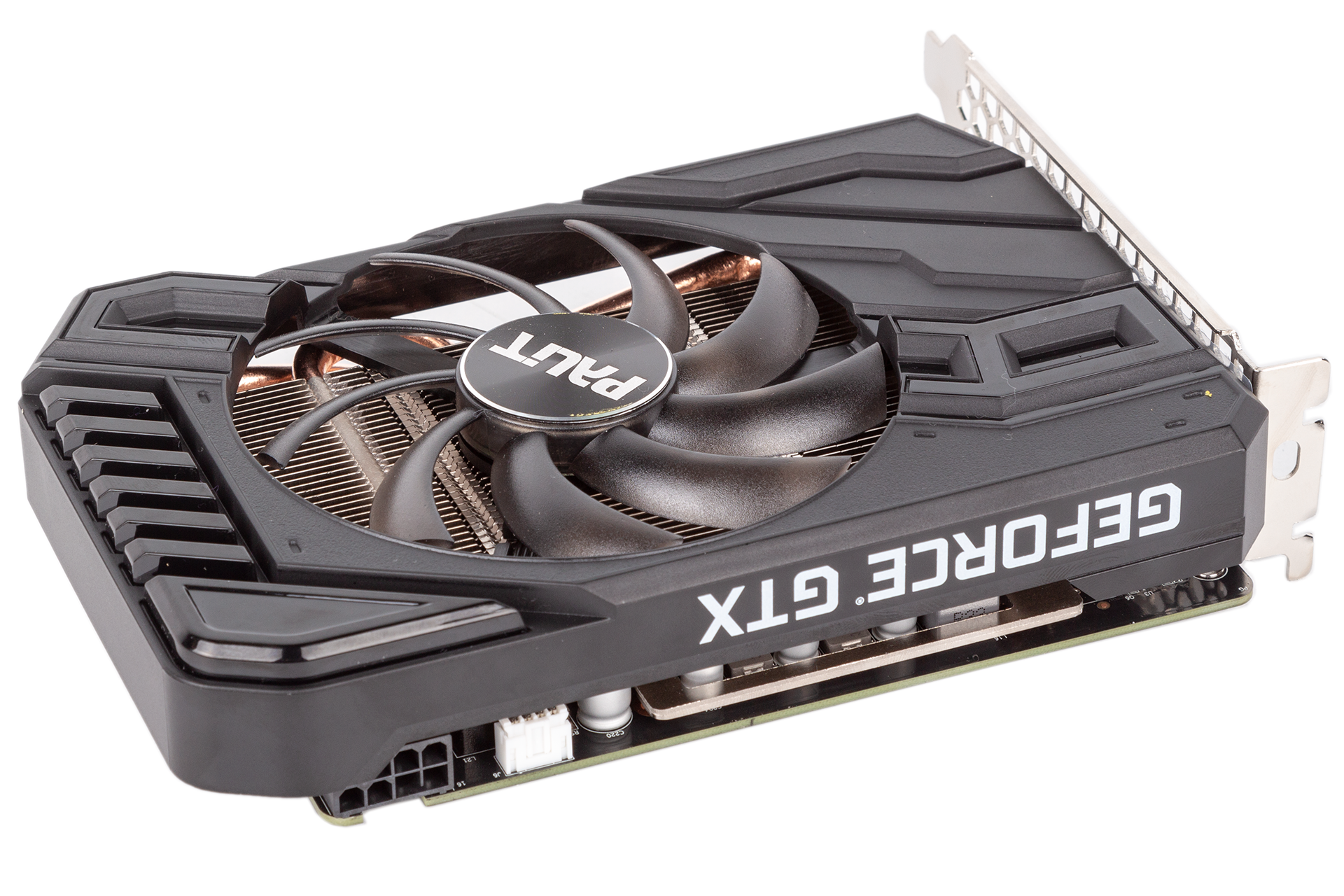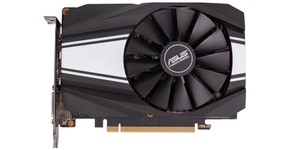Nvidia GeForce GTX 1660 Ti Review feat. Palit StormX
February 22, 2019 | 14:00

Performance Analysis
Persistent driver issues in Total War: Warhammer II appear to be holding Nvidia back on the minimum frame rate, but elsewhere it’s a clear set of results, with excellent performance at 1080p and solid 1440p frame rates as well. Many modern games will benefit from a high-refresh rate 1080p monitor here, while the higher QHD resolution will be a bit more strenuous. It has enough firepower for current-gen VR, too.
Replacing the GTX 1060 in Nvidia’s stack, this stock-clocked, moderately cooled card still has enough in the tank to deliver just over 30 percent on average compared to our GTX 1060 6GB with original 8Gbps GDDR5. Not quite the 1.5x figure Nvidia said, then, but in games that leverage Turing more than others – like Wolfenstein II with its variable refresh rater shading – the difference can be over 40 percent. It would be reasonable to expect more developers to start leveraging techniques like this.
In synthetics the new card excels more in DX12 and VR than it does in the DX11 Fire Strike tests. Relative performance actually falls off quite dramatically as you up the resolution in Fire Strike, with the 4K test in particular showing apparent limitations and only a 5 percent lead over GTX 1060, suggesting both are suffering from their memory or bandwidth. You shouldn’t read as much into synthetics as game benchmarks, though, as these serve mainly as an easy means for you lovely people to run quick comparisons against the hardware we have.

Our RTX 2060 Founders is 20 percent quicker overall, and this is pretty consistent across our benchmarks since none of them leverage DLSS or ray tracing that would give the RTX part an extra advantage. A GTX 1070, meanwhile, will also be faster, and though our heavily overclocked sample of this card isn’t that representative, it’s 13 percent ahead on average, though again the GTX 1660 Ti’s Wolfenstein II performance sees it catch up.
Compared to AMD, the £259 price tag of GTX 1660 Ti positions it between RX 590 and Vega 56 SKUs, pricing for which tends to start at around £240 and £340, but there is at least one Vega 56 (with a third-party cooler, not the reference one) in stock for £280. The GTX 1660 Ti looks good next to RX 590 with 19 percent headway, and although AMD has the larger frame buffer and memory bandwidth, Nvidia’s lead is consistent at 1440p in games. Vega 56 is 11 percent quicker overall largely thanks to dominating results in DX12 titles Deus Ex and Warhammer II, but again 1440p shows no sign of giving AMD an edge.
At stock speed, this Palit was hitting a consistent speed of 1,845MHz, and while the fan speed did rise to 71 percent, this only translated to 1,850 RPM or so, which ended up being on the quiet side and emitting no annoying or whiny tone. For an ITX card, it’s a capable cooling solution for this low-power GPU. Power and temperature levels also reveal nothing of concern - it's an efficient little GPU.
Overclocked, a 2GHz or so boost speed (nine percent) and a 17 percent memory clock increase saw performance jump by between eight and 11 percent – not bad at all given the size and power constraints. The best part is that fan speeds, noise, temperature, and power consumption were barely raised, although Vega 56 still held its own in performance at least.

MSI MPG Velox 100R Chassis Review
October 14 2021 | 15:04









Want to comment? Please log in.